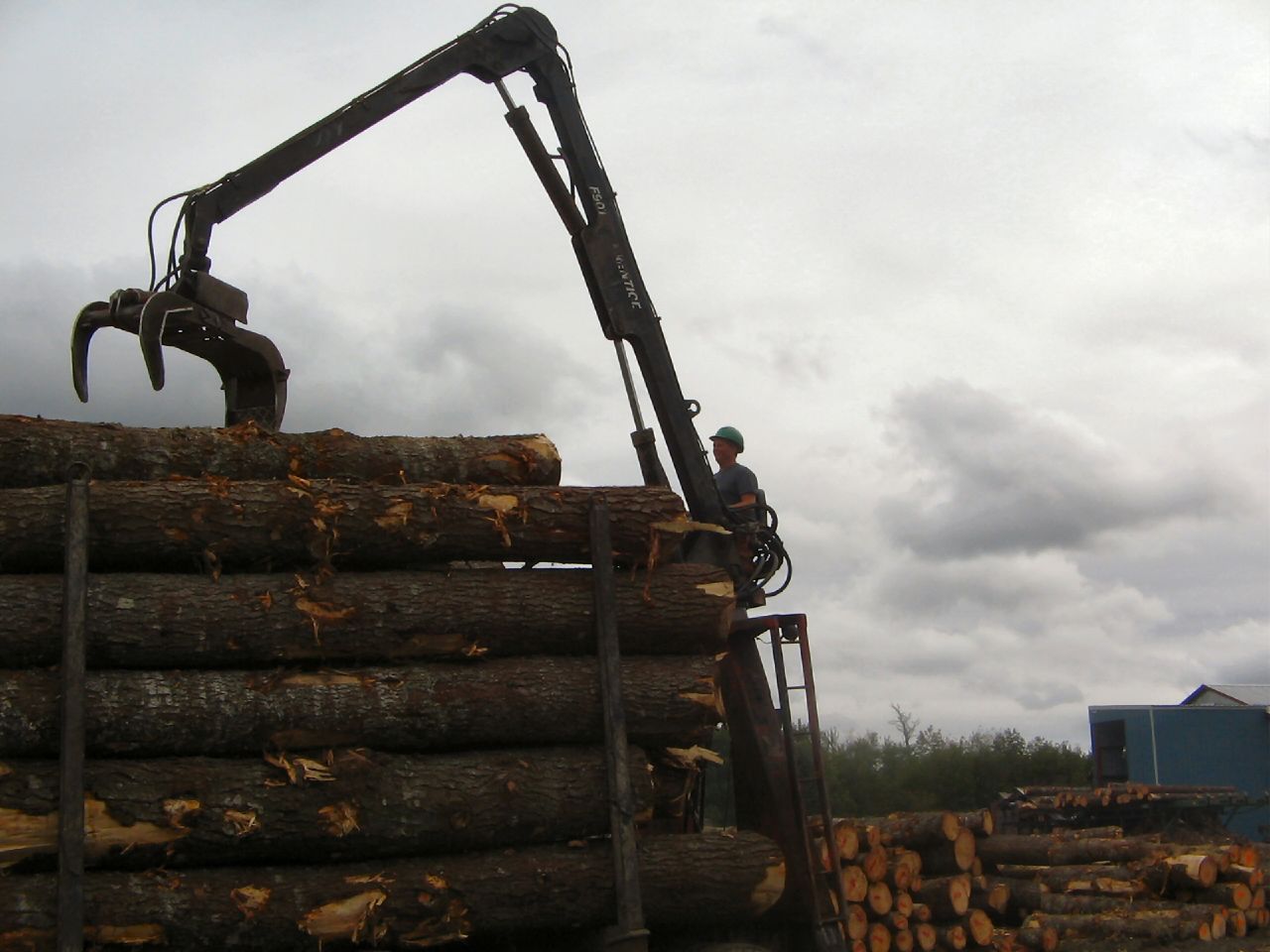Surely this is the last straw in the long-running calamity which is woodlands management in Nova Scotia. As predicted, the Port Hawkesbury biomass generator, making 60 MW of electricity by burning wood, is a disaster — so much so that two high-end flooring mills in eastern Nova Scotia are shutting down mainly because the good hardwood they need is going into the biomass hopper, the latest version of the long-running arrangement wherein small operators are starved in favour of big ones.
Who’s to blame? It would be too easy to blame the NDP government alone. It just did what governments have been doing for 50 years: panicking at the prospect of a pulp mill closing and giving away the store (the biomass plant is essentially a subsidy to the pulp mill to which it’s attached, with surplus — and high-cost, high polluting — power going to the grid).
More specifically, where did the politicians get the airy-fairy notion that the plant would run on waste wood — whatever that is — whereas, as was obvious to anyone who can rub two sticks together, contractors who need to rumble in some 50 to 60 truckloads of wood a day for the boiler (nearly as much as for the pulp mill itself) have no time or incentive to mess around separating good logs from presumed and undefined “waste.”
The culprit is the Department of Natural Resources. A DNR official recently said the negative effects of the plant were “unintended consequences” that “couldn’t have been predicted.” That is, not if your basis for judgment is clearcutting dogma and all those experts, operators and others howling out warnings that this would happen are just so much background noise.
Wearily, let me say this for the umpteenth time. In practice, DNR is not a department of government but of the pulp and lumber industry. It’s been that way since the 1960s. DNR ministers arrive knowing nothing and end up as messengers for the established powers.
The nub is that DNR is in a conflict of interest — it both regulates and promotes the industry. Its wildlife division, supposed to be the protector of the fauna, answers to doctrinaire clearcutters who don’t give a hoot for wildlife, or for hardwood companies, for that matter — DNR has steadfastly refused to give these companies access to wood that the pulp companies didn’t even need. High-level lands planning, endangered species, game sanctuaries, logging regulations and policy are on the same tilted ground.
Before anything else can be dealt with, this department must be broken up, its wildlife pieces either farmed out to the Environment Department or split off in some other way. This was proposed by many through the long and ignored Natural Resources Review process.
This is first and foremost an issue of governance, and this is the problem. Governments, knowing little of this complex issue and caught up with other intractable problems and facing the influence of big forestry players, have not yet worked up the nerve to even address it.
With regard to the biomass plant, the plant itself is under the purview of the Energy Department. Last fall, after I wrote a column also making the above points, then-Energy Minister Andrew Younger e-mailed to say the plant was being reviewed to see where cutbacks could be made. But he’s gone and no sign of any moves. One group is trying to raise a letters-to-the-premier campaign to shut it down, pointing out, among other things, that it may have to be shut down anyway when Muskrat Falls power arrives in a few years.
Then there’s the other hot forest issue — the dead-of-night Panuke Lake clearcut in an area designated environmentally sensitive. An independent report has been produced that says the cut followed all the rules, but “the rules have to change.”
It made several recommendations, including to stop harvesting in designated environmentally sensitive areas, place the western Crown lands under the internationally recognized FSC designation for sustainable forestry, mark out areas for non-clearcut harvesting, extend buffers, clarify departmental procedures and decision-making processes, and more.
DNR has responded by promising action on some, but not all recommendations — notably postponing harvest in sensitive areas until new management practices are in place, while several advisory committees work on various parts of the subjects.
This stuff always sounds good. But as one insider points out, as long as the reforming is being done by the reformees themselves, we’re still in the round-and-round of 20 years of committees, reports and hollow promises while the reckless harvesting goes on.
In other words, reform will continue to be slow, painful and inadequate unless the department itself is reformed first, and is unhitched from the harvest-at-all-costs policy that has prevented a proper homegrown forest industry from establishing itself, of which the defunct hardwood floor mills are prime examples.
Ralph Surette is a freelance journalist in Yarmouth County. This column was first published in the Chronicle Herald.
Photo: John Douglas/flickr




